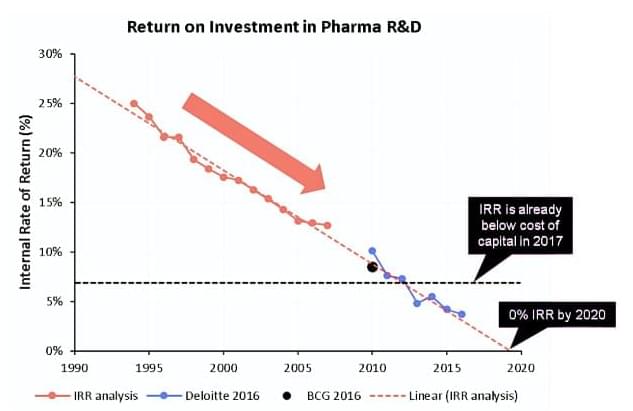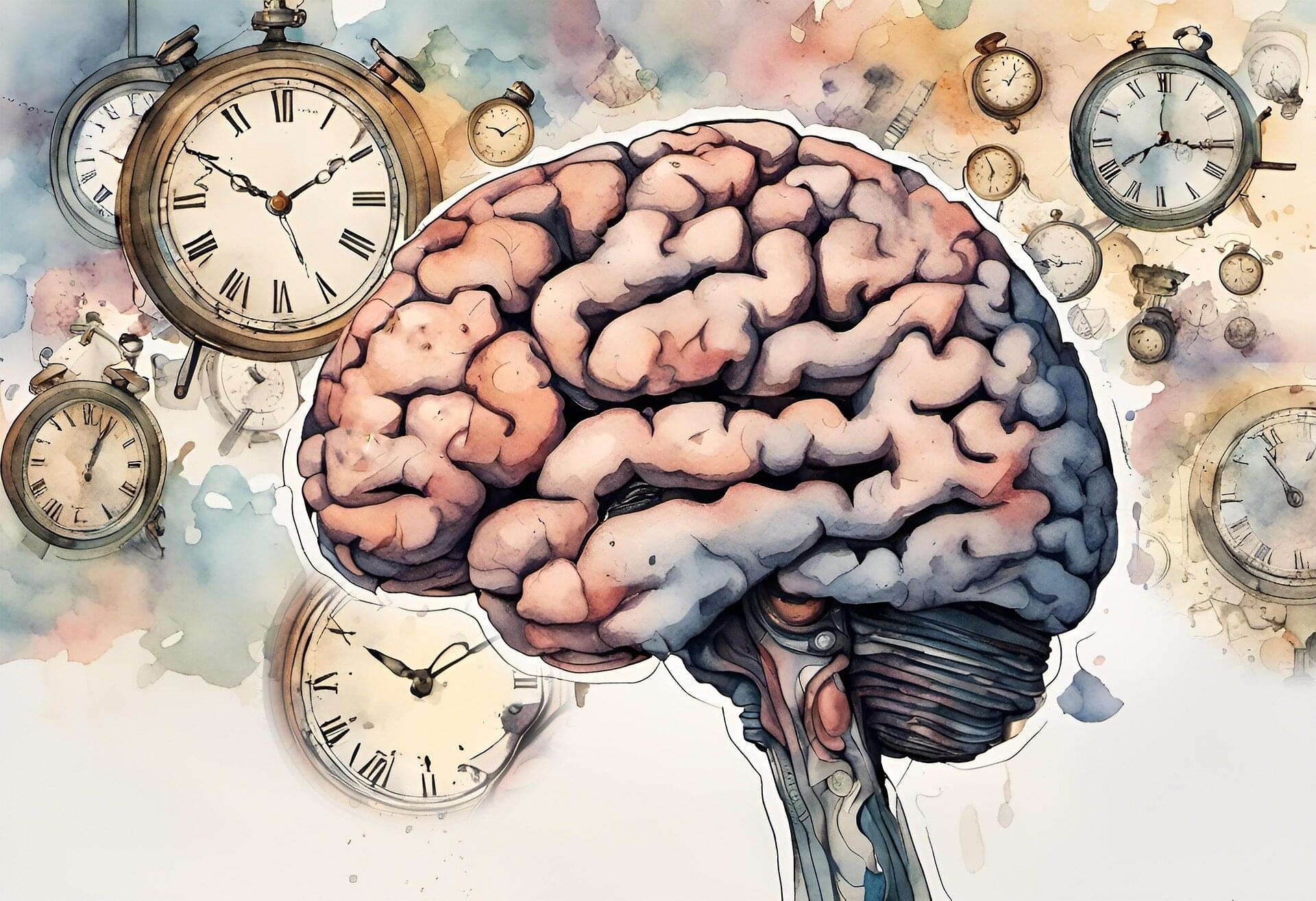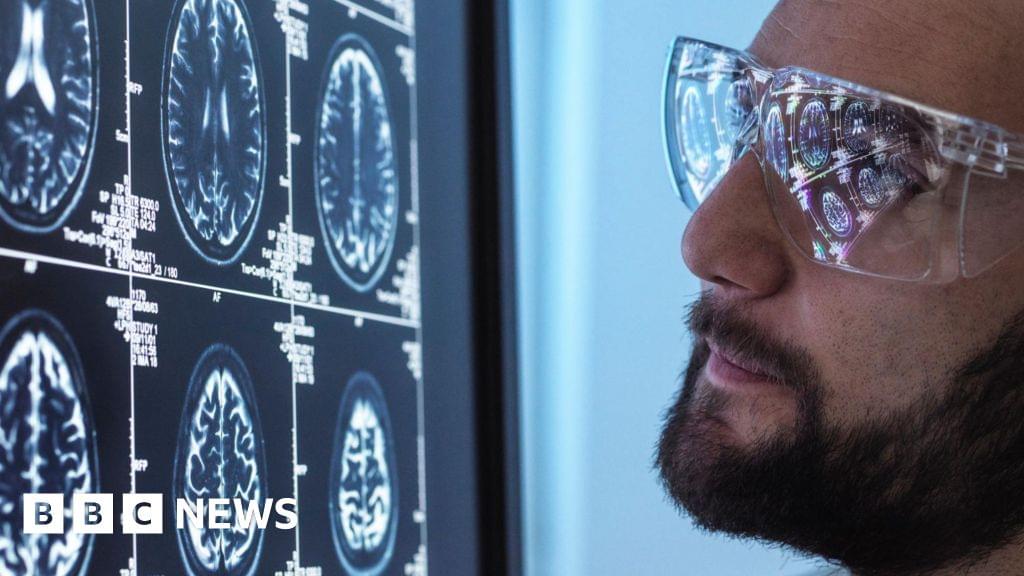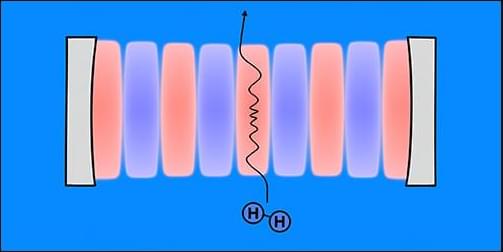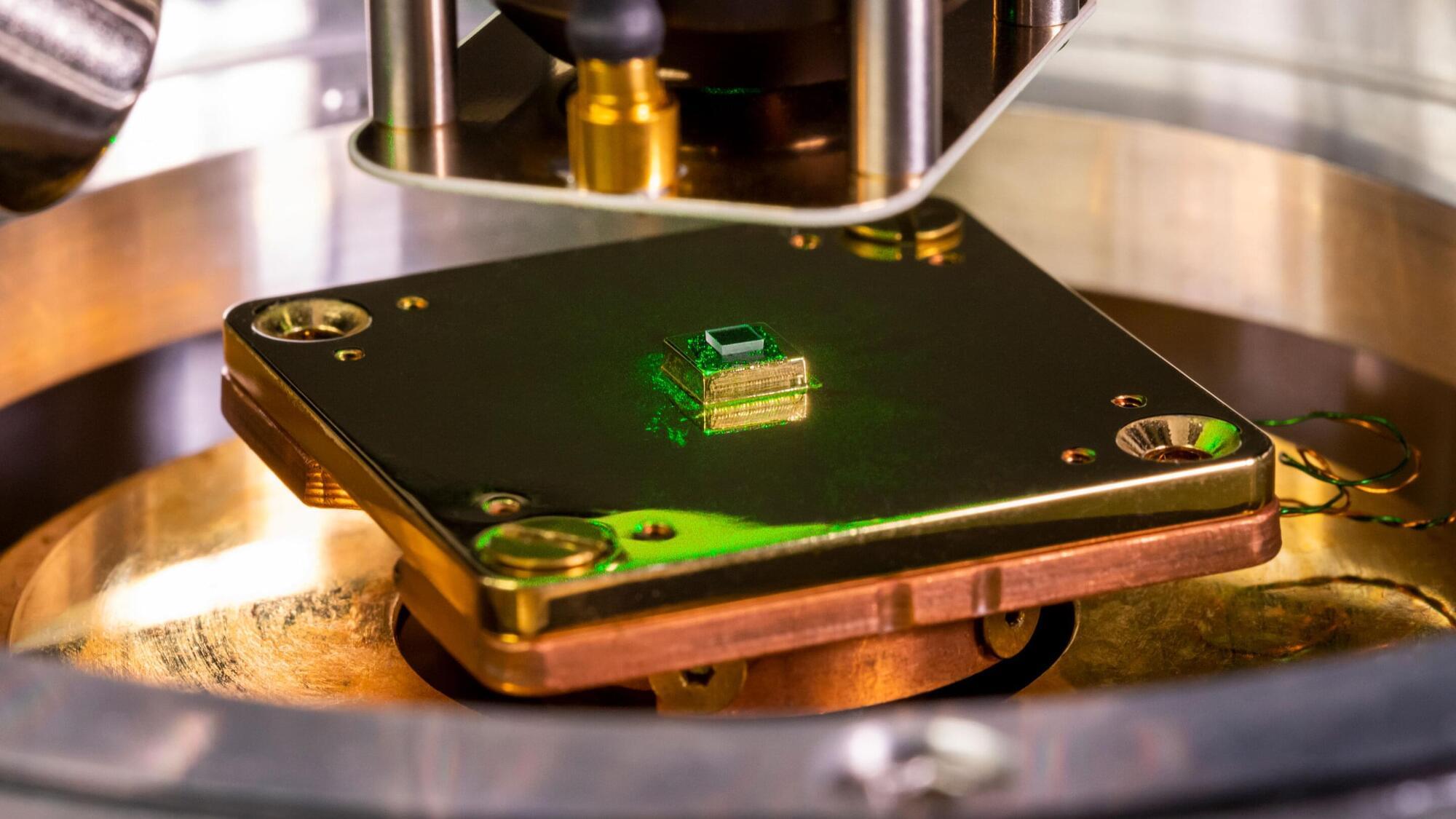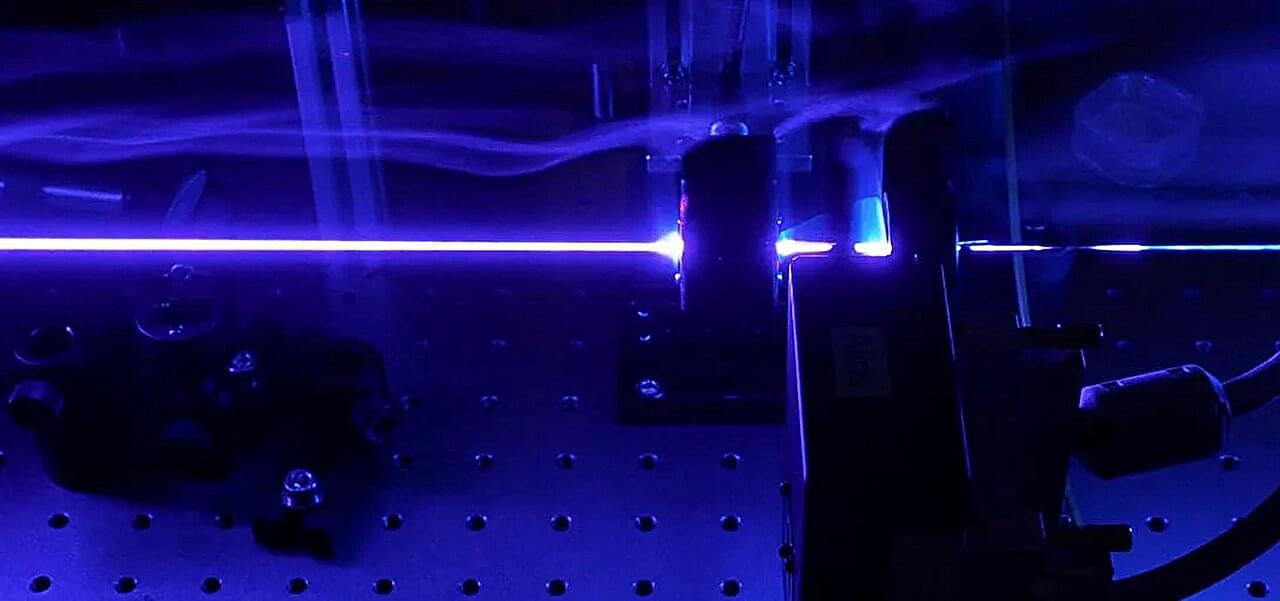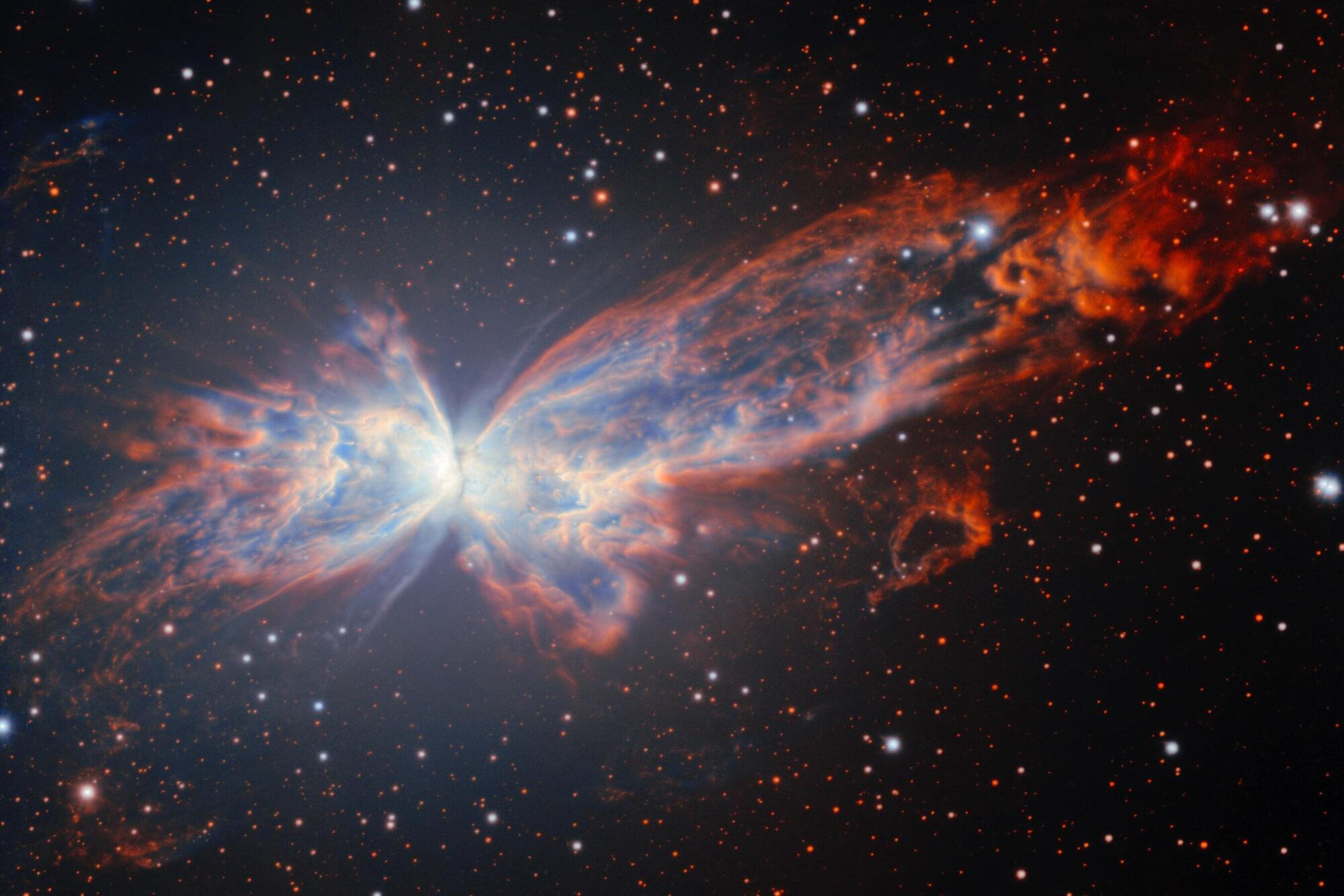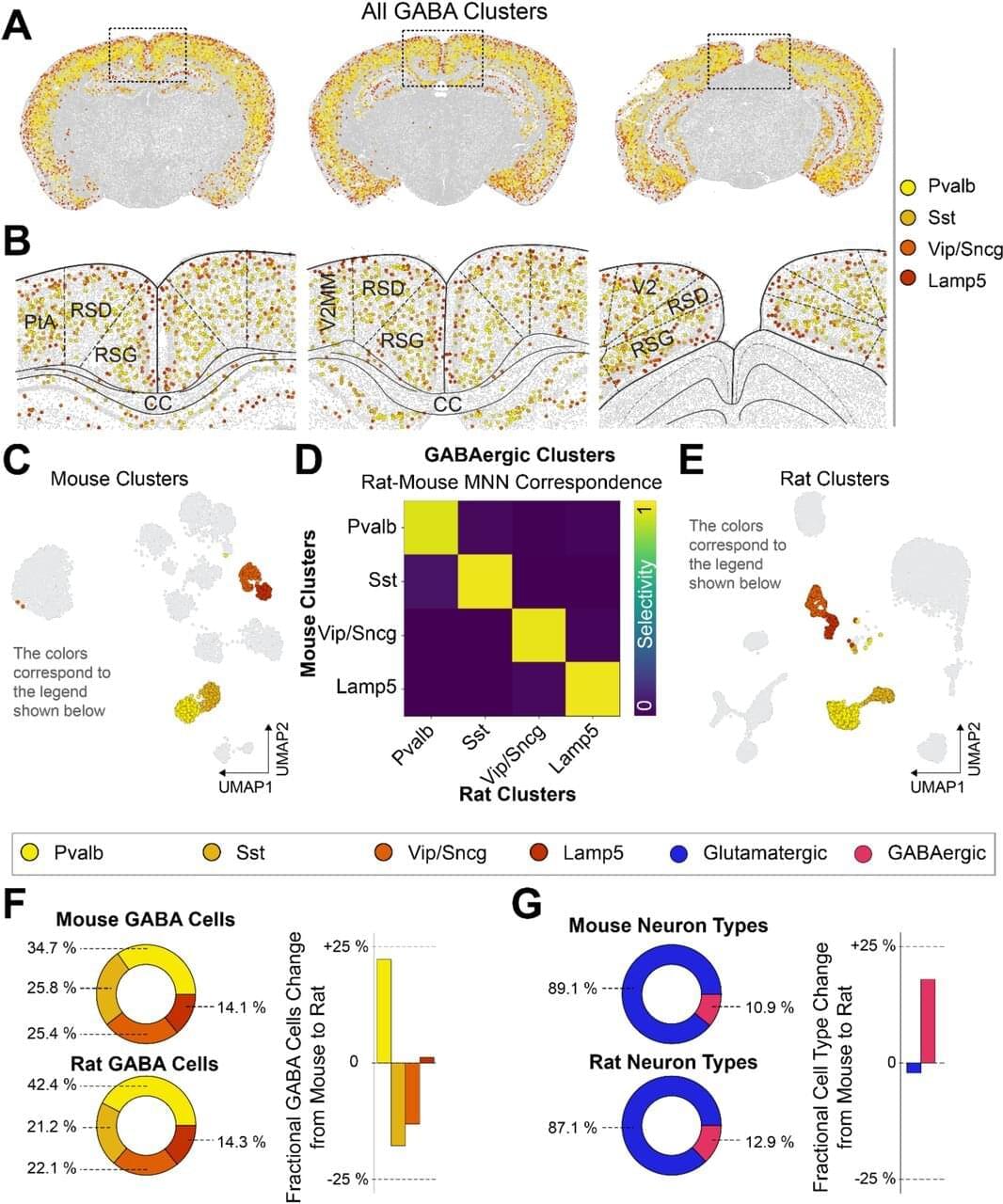Of the many trends people chase in biotech, the only one that proves sure and consistent is declining returns. Even after adjusting for inflation, the number of new drugs approved per $1 billion of R&D spending has halved approximately every nine years since 1950. Deloitte’s forecast R&D IRR for the top 20 pharmas fell below the industry’s cost of capital (~7–8%) between 2019 and 2022. In other words, while the industry remained profitable overall, the incremental economics of R&D investment were value-eroding rather than value-creating. So, while other industries have a reason to treat the current market downturn as transient, the business of developing medicine has a more fundamental problem to deal with — it is quite literally shrinking out of existence.
